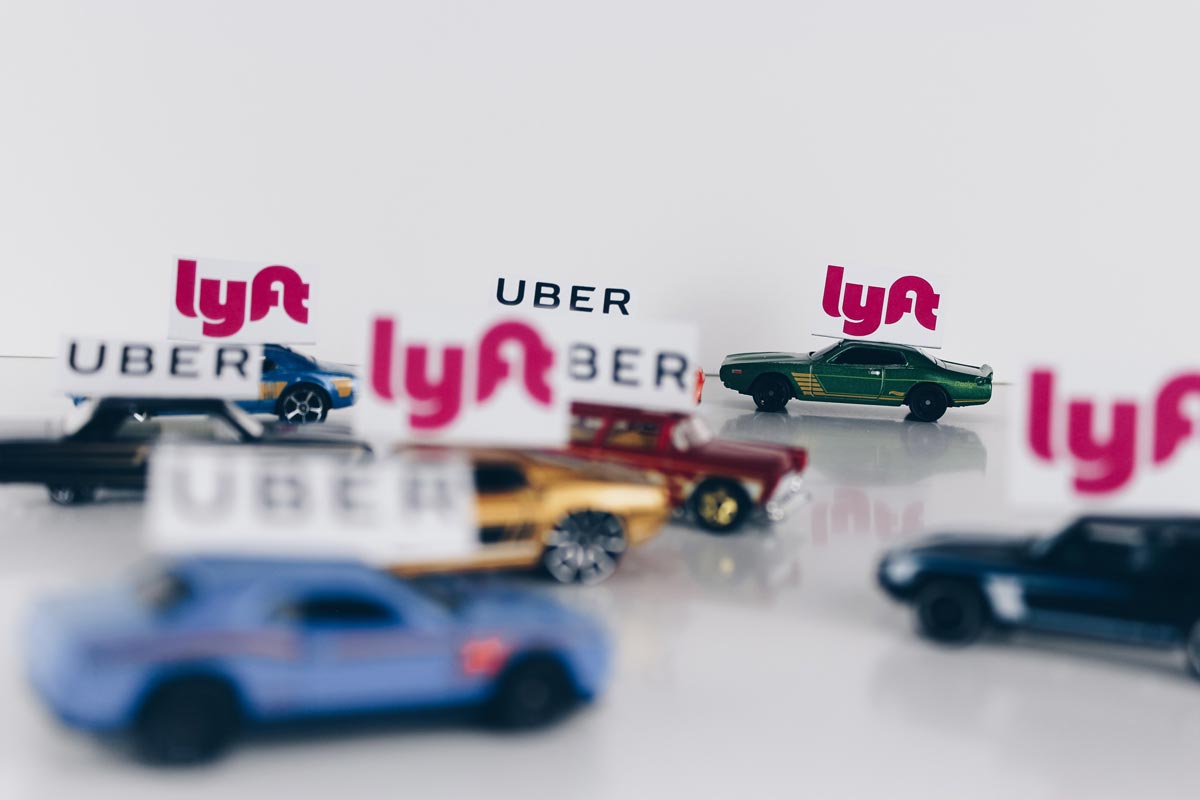The past year has been less than favorable for ride sharing companies. Both Uber and Lyft’s stock hit record lows throughout the fall while each faced passenger safety incidences, privacy concerns, and debates around their potential for profitability. Regardless, consumers still flock to ride sharing as a more convenient, cheaper alternative to taxis or owning their own car.
To try and get a better understanding of why, we asked 300 US ride-sharing consumers about their usage, preference towards, and associations with different ride-sharing brands. Uber and Lyft dominate the ride sharing market in the US, each with a significant brand awareness reaching 95 and 90 percent each. Smaller companies such as Juno and Via pale in comparison with only 6 percent and 5 percent of awareness among nationwide consumers. Uber has an overall brand usage of 57 percent while Lyft falls slightly behind at 41 percent.
The unexpected factor however, is that while Uber may be the most preferred brand, they have a significantly lower level of likability as compared to Lyft. Fifty-three percent of ride-sharing consumers recalled that they ‘love’ Lyft compared to 43 percent who ‘love’ Uber.
Using a Key Driver Analysis, we found that the biggest strengths of Uber is that they are convenient to use, offer a comfortable experience, and are a reliable service. However, the firm underperforms on issues surrounding safety and having strong customer service. Here we see another surprising factor as Lyft is seen as a brand that is not only convenient to use and comfortable but is also highly regarded as a company who ‘has my safety in mind.’ Regardless, Lyft’s emphasis on passenger safety still doesn't seem enough to beat out Uber in it’s overall brand preferences and usage.
P.S. What did our Key Driver Analysis reveal as Lyft’s biggest hurdle? The variety of car options they provide.




.png)